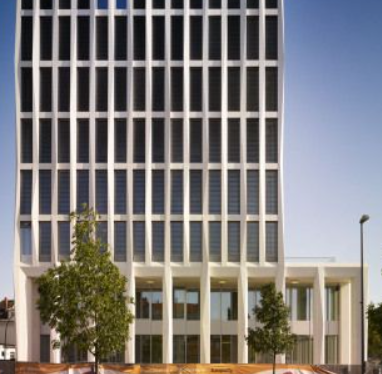U5
THE EXPERIENCE OF ARCHITECTURE, BASIC CONCEPTS
FORM
The external configuration of things. The arrangement of parts of a whole according to a certain relationship.
RYTHM , sequence, repetition

AXIALITY a marked direction, an axis
SIMMETY, regular arrangement

HIERARCHY, supremacy of elements over other elements

MODULE unitary repeated elements

GRID composition based on a grid of axes

MOVEMENT irregularity of forms inspiring the idea of movement

CENTRALITY organization of space around a focal center

BALANCING dynamic/static equilibrium

LIGHT how elements work with shadows and light

CONTRAST remarkable difference between elements

COLOUR chromatic manifestation

TEXTURE surface and final perception

PROPORTION harmonic relation between dimensions

SCALE relation between the size of the building and the size of a person

SPACE
CLASSIC SPACE closed and compact
UNIFORM SPACE abstract but rational
CONTEMPORARY SPACE confusion between public space and space of relation
FUNCTION
MECHANICAL FUNCTIONALISM form is a direct consequence of function, beauty comes from efficiency
ORGANIC FUNCTIONALISM form is adapted to the living functions carried out in an enviroment
MORALISTIC FUNCTIONALISM beauty and utility are so close that they become unrecognizable
MATERIALITY AND STRUCTURE
Materials and technology will evolve, but shapes remain alive and active, translated into new, updated realities
Technology of construction evolves from hutts and brickwork to Computer Aided Design and prefabrication of modules.
PLACE
CONTRAST dominates or is alienated from, the landscape
CAMOUFLAGE extreme integration to the location
ORGANIC RELATION a careful nod to the location, sensitive to it
CONTEXTUAL RELATION must be justifiable to the meaning of the building